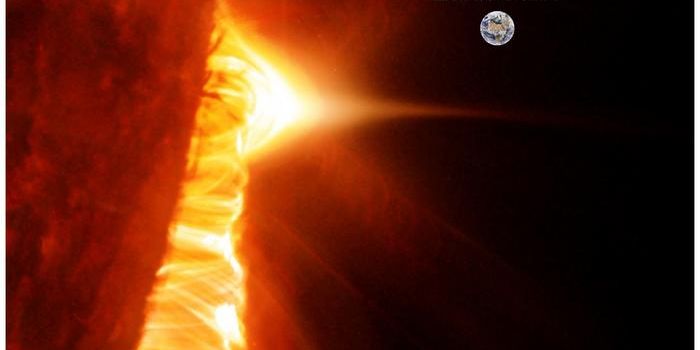New Detector for Spacecrafts Will Help Making Space Mining Possible
With mining spatial bodies, such as asteroids, now deemed legal by congress, and with no restrictions or regulations being put on the earnings (apart from organic matter) that are made with space bounty until at least eight years from now, there is a huge opportunity for entrepreneurs to mine these valuable space rocks and bring the cash right back home for profit.
In terms of how feasible this method is for bringing home resources that our world won’t sustain forever, the answer is that it’s not far off into the future, but it’s definitely not knocking on our doors of today either.
With this in mind, it could still be a while before we even tread on these grounds, but nonetheless, that’s not stopping the brave and ambitious from developing technology capable of aiding in the process of finding valuable metals on these spatial bodies so that we know where to go to mine it.

A team of researchers from Vanderbilt University, Fisk University, NASA’s Jet Propulsion Laboratory, and Planetary Science Institute have created a new type of gamma ray spectroscope that has the ability to locate asteroids that have traces of gold, platinum, rare Earth metals, and other valuable minable materials. The device uses a special transparent crystal made of a material that has been recently discovered, which is capable of detecting gamma rays.
“Space missions to the Moon, Mars, Mercury and the asteroid Vesta among others have included low-resolution spectrometers, but it has taken months of observation time and great expense to map their elemental surface compositions from orbit,” said Professor of Astronomy Keivan Stassun, the Vanderbilt co-author. “With our proposed system it should be possible to measure sub-surface elemental abundances accurately, and to do it much more cheaply because our sensors weigh less and require less power to operate. That is good news for commercial ventures where cost, power and launch weight are all at a premium.”
This type of device is used to measure the intensity and even the wavelengths of gamma rays that are radiated from a spatial body’s surface. With this information, scientists can determine what kinds of elements make up the spatial body. It can “accurately” detect precious metals, as well as other elements that space miners may be interested in gathering. Best of all, the device uses low power, giving it a lot of versatility and long life in a scenario such as space mining.
Conveniently, the development of this device has coincided with the legalities of space mining, and as a result, it’s possible this type of device could be used by an entrepreneur interested in searching space for valuables, snatching them up, and then bringing them back home for use and profit here on Earth.
Will it happen before the government starts regulating this sort of stuff? That’s a hard question to answer, as everyone wants to get rich and there are no laws saying what spatial bodies belong to whom, and it could cause conflict. At least, however, we’re working towards a future where space mining could be a reality to end the problem of rare elements being hard to find on Earth.
Source: Vanderbilt University








